Harm-free cooking
10 basic principles of bromatology everyone should know
Published on August 8, 2025
 Credit: Araf Ibne Alam
Credit: Araf Ibne Alam
How do you preserve and handle your food? Do you think your kitchen hygiene is good enough to avoid food poisoning from cross-contamination? Even if you are very careful about the safety of your food and the cleanliness of the surfaces you use for storage and cooking, we assure you that there are some generally overlooked threats you should pay attention to. In this article, we’ll go through 10 bromatological tips you probably didn't know. Get ready to learn how to take better care of yourself and your family!
Eggs
 Credit: Jakub Kapusnak
Credit: Jakub Kapusnak
In the United States, supermarkets keep eggs in the refrigerator, but did you know that in most countries, you can find them right on the shelves, next to snacks or cans of beans? The truth is, eggs should be kept refrigerated to extend their shelf life as long as possible.
This standard practice must be replicated at home. You should always preserve your eggs in the fridge and, ideally, in a closed container to prevent other foods from being contaminated by bacteria. Can eggs be left out on the counter? Yes, but they will last a lot less and can eventually be dangerous.
Chicken
 Credit: Hayley Ryczek
Credit: Hayley Ryczek
Do you know how to tell if a chicken is safe enough to eat? Here are some tips: Make sure the meat has a firm texture, no unpleasant odor, bright color, and no secretions. If you see a soft, sticky film or a greenish color, it should be discarded immediately.
If the piece meets the above requirements but you still think you should give it a wash before cooking, think again. It sounds counterintuitive, but believe us, if you wash a chicken, you are not getting rid of bacteria; on the contrary. When you clean it in the sink, the water splashes will infect everything around it, causing cross-contamination. If you think it’s dirty, it is best to wipe it with a damp paper napkin. Also, always use a cutting board exclusively reserved for chicken meat.
Dairy
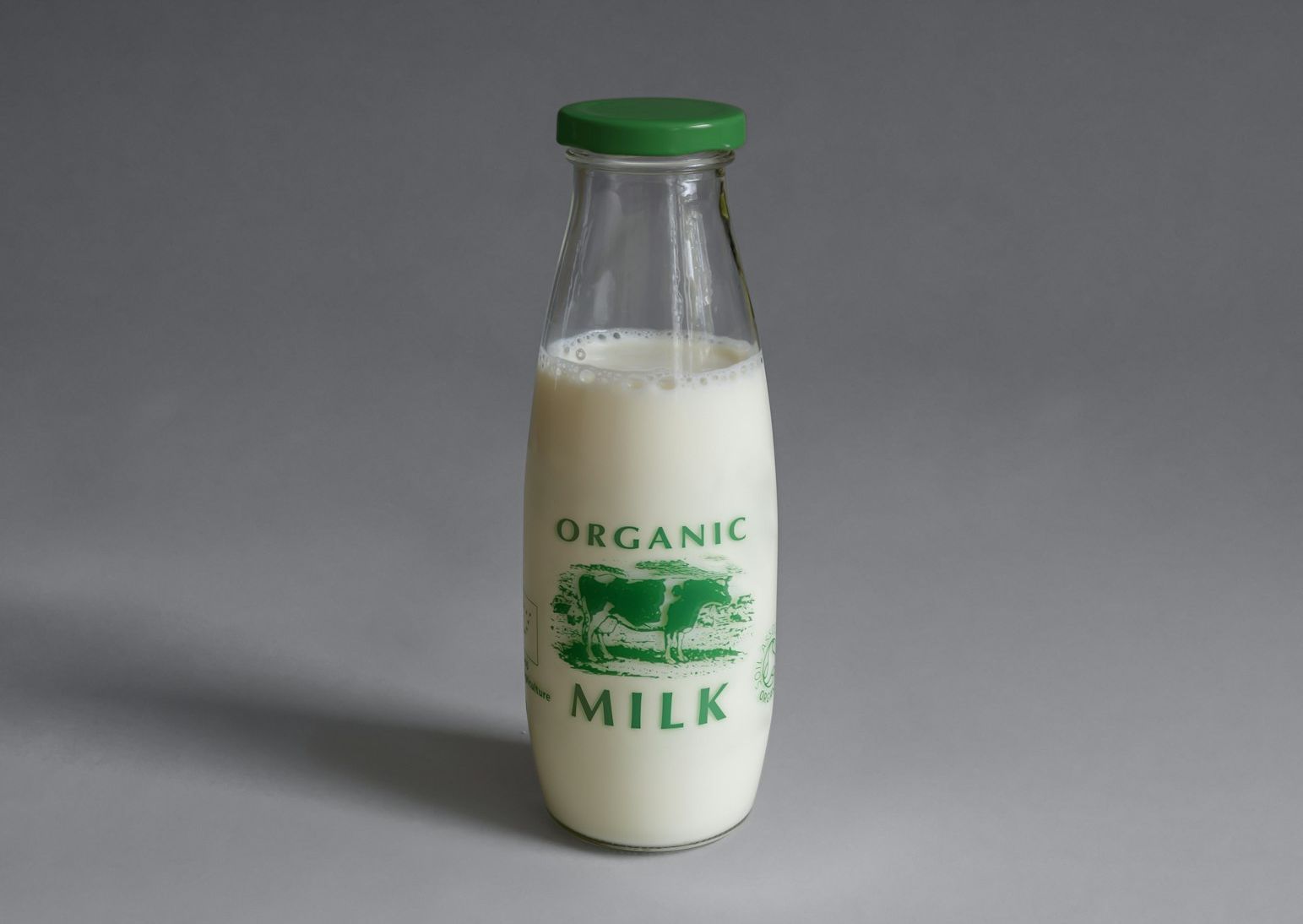 Credit: Jack Cole
Credit: Jack Cole
Dairy products are the most sensitive to temperature changes and should always be handled with care. They must be kept in the fridge for a maximum of 3 days before consumption. Also, respect the expiration date and follow the instructions indicated on the package.
When cooking, avoid exposing dairy products such as yogurt, cheese, and butter to room temperature for more than 15 minutes.
Minced meat
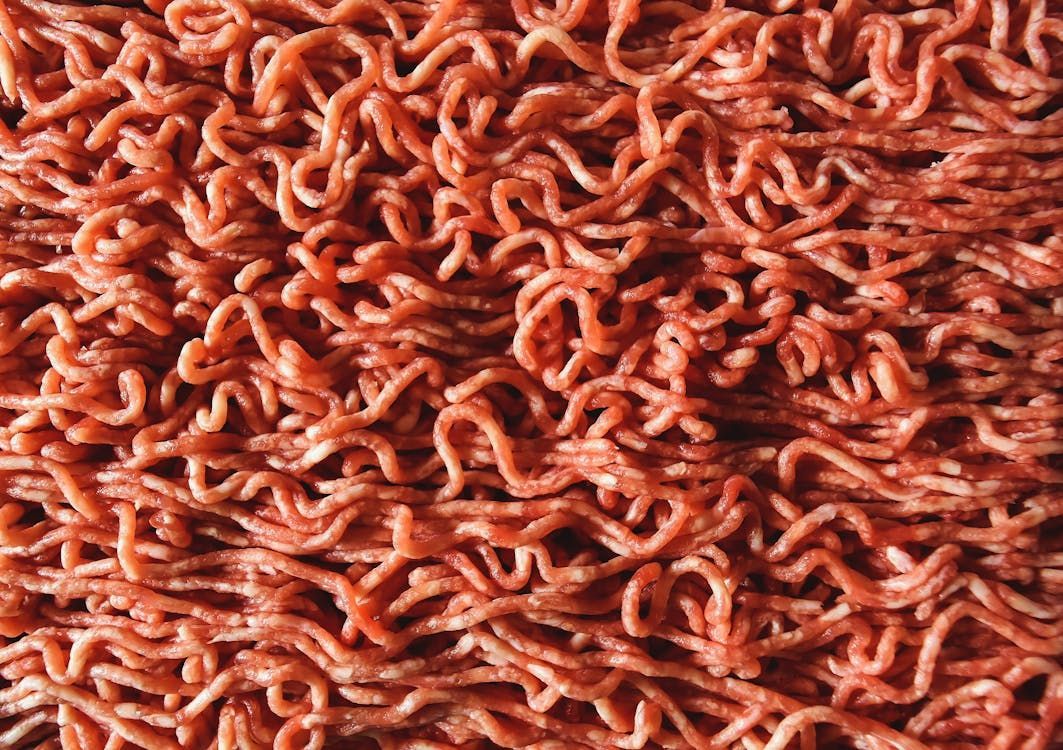 Credit: Alexas Fotos
Credit: Alexas Fotos
Did you know that ground meats represent one of the greatest health risks? During mincing, bacteria transfer from the meat surface to the interior, making it more difficult to reach the necessary temperature to kill germs.
For this reason, you shouldn’t eat burgers or other preparations with undercooked minced meat. In fact, it is recommended that children under 5 years of age avoid eating any type of minced meat, regardless of how it is cooked. Contaminated ground meats can lead to a serious illness called Hemolytic Uremic Syndrome, which causes acute kidney damage that requires hospitalization and can even be fatal.
Soups and stews
 Credit: Julia Kicova
Credit: Julia Kicova
Batch cooking often saves us from having to prepare a meal from scratch when we come home tired from work. However, we must take some precautions. For example, you should never store hot food in the refrigerator, as it can raise the temperature of the rest of the food.
It is important to cool your soups and stews thoroughly if you are planning to store them in the fridge. If you want to speed things up, you can transfer your preparation to a shallow pan or use an ice bath to cool it quicker. Remember not to leave the food out for too long, though, as it can ferment and bring other problems. This is essential, especially for large portions.
Mayonnaise
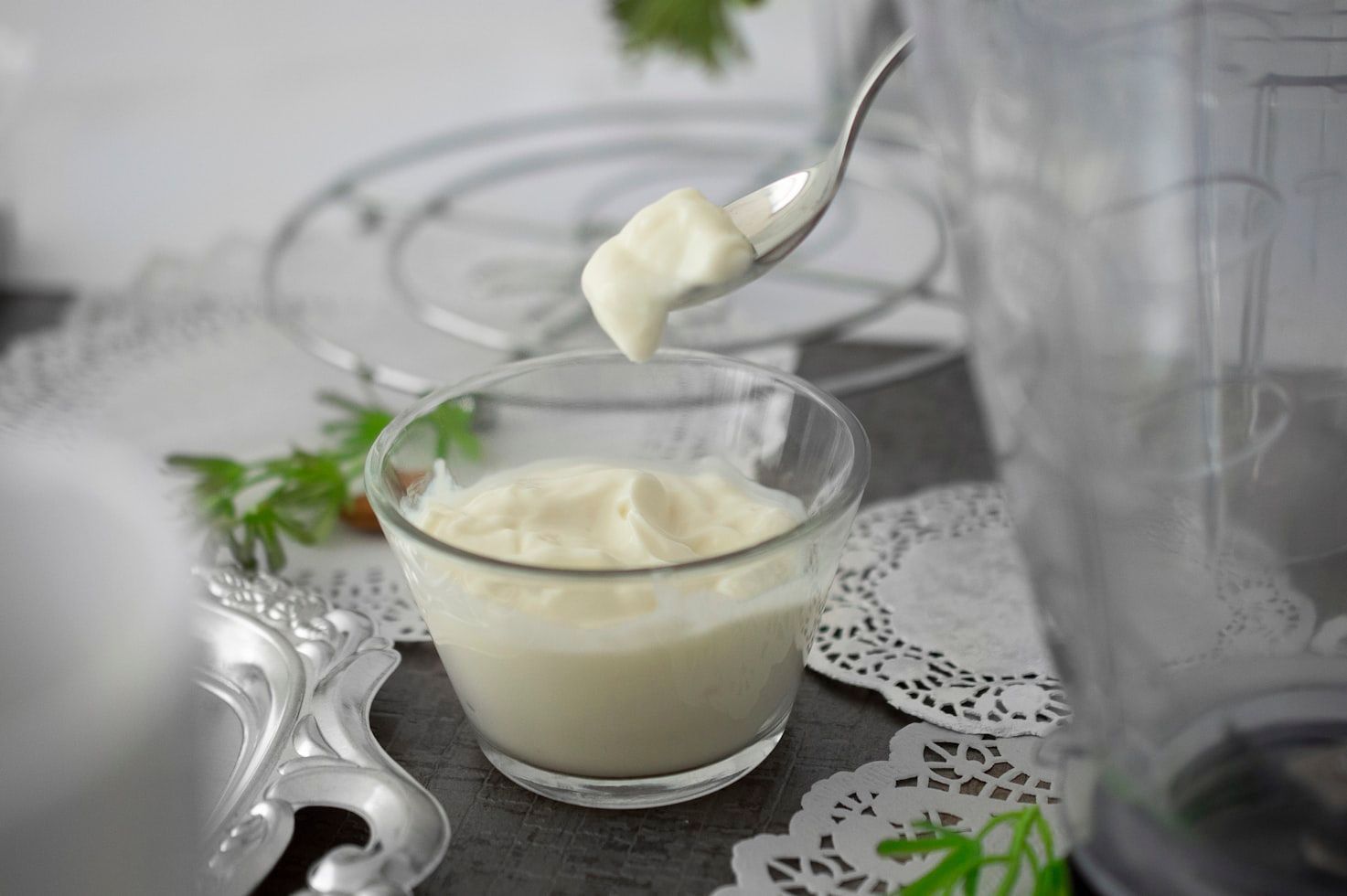 Credit: Sara Cervera
Credit: Sara Cervera
When cooking, it is always important to have a basic knowledge of food safety to avoid food poisoning. We can all agree that homemade mayo is much better than store-bought. However, you should take some precautions if you want to prepare it at home.
Fresh, raw eggs, even those with clean, uncracked shells, may contain bacteria called Salmonella that can cause various illnesses. To prevent these microorganisms from being transferred to the preparation, you can pasteurize the eggs beforehand. You only have to heat them in hot water, and after reaching 140ºF, the salmonella will die.
Defrosting food
 Credit: Jan Canty
Credit: Jan Canty
Food should always be thawed properly to avoid contamination or damage to the product or tissues. The correct way of defrosting food is to place it in the fridge, not leave it out on the counter. Yes, it will certainly take longer, but this will prevent bacteria from forming.
This method requires planning ahead, but it is much safer than any other. Also, remember that food should be placed on a tray or platter to prevent contaminating other foods from the liquids released from thawing.
When in doubt, throw away
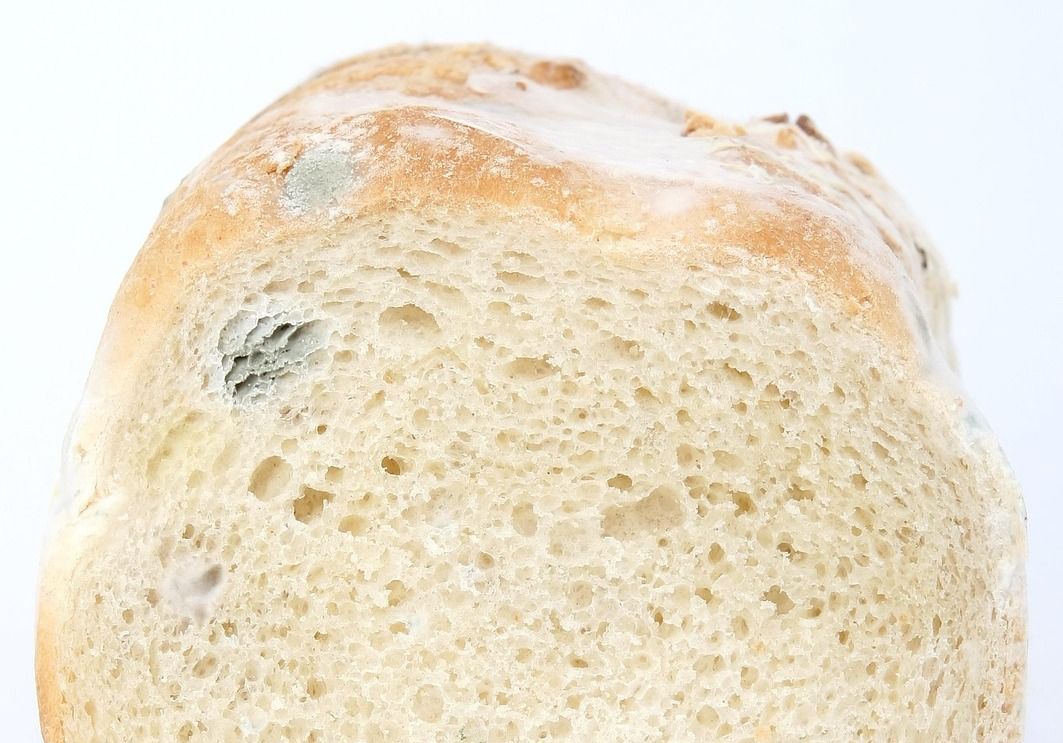 Credit: Shutterbug75
Credit: Shutterbug75
Do you have a yogurt in the fridge that has been out of date for a couple of days, but you think it might be okay to eat? How about that piece of cheese or sliced bread with some green patches that look easy to just scrape away? If you are about to eat something that smells, looks, or tastes "weird", it is always best to throw it away.
We usually feel guilty discarding food because of how much it costs, but it is always best to avoid unnecessary risks.
Cans and jars
 Credit: Megan O'Hanlon
Credit: Megan O'Hanlon
Did you know beer and soft drink cans can be covered with fungi and bacteria? Usually, storage and transportation centers are not clean enough, and there may even be rodent or bird feces, carrying all kinds of microorganisms that can make you sick.
Before opening cans or jars, wash them thoroughly with water and detergent. You can also spray them with 70% alcohol. And no, according to several studies, simply wiping them with your T-shirt or a paper napkin won't do the job.
Fridge management
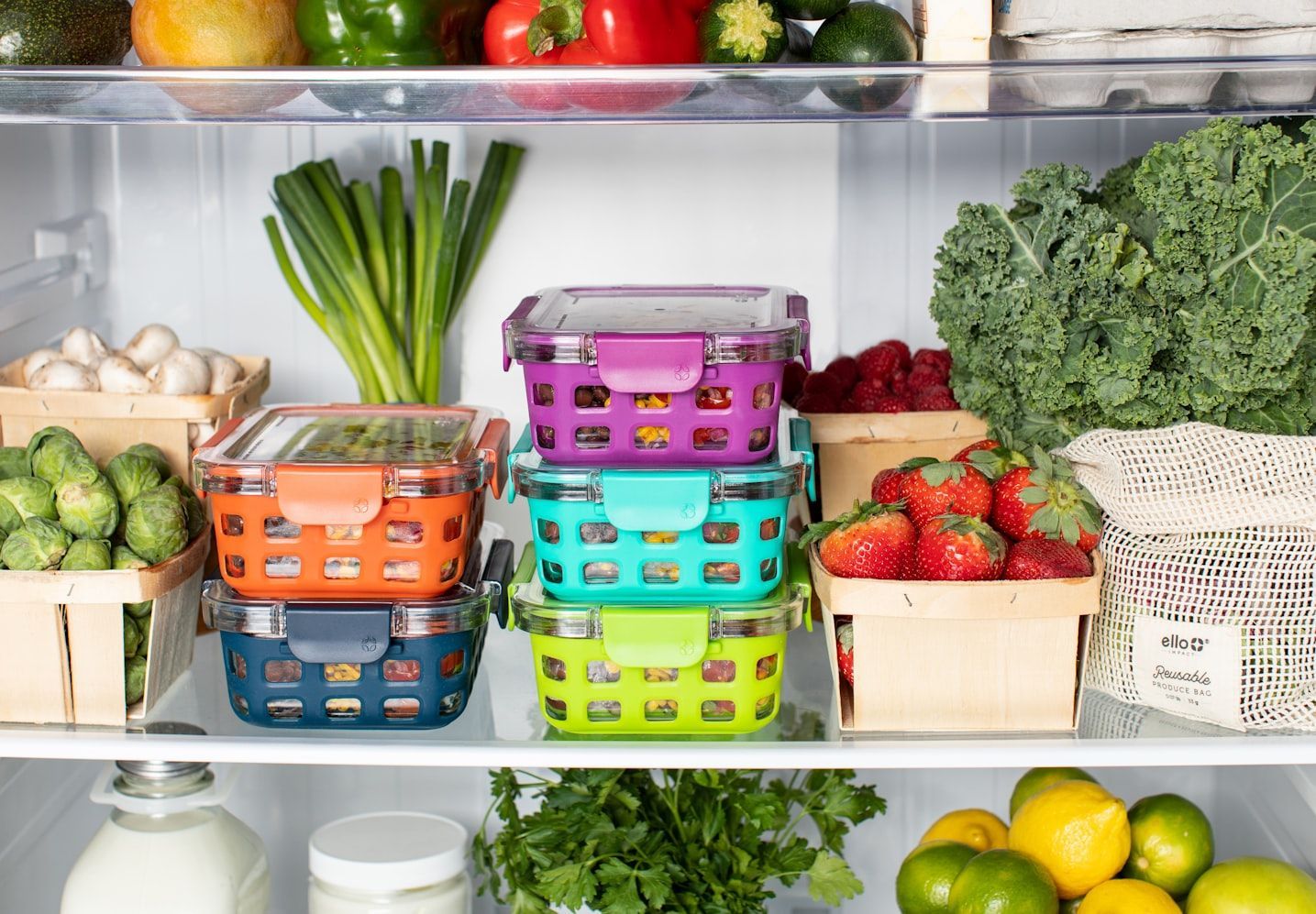 Credit: Ello
Credit: Ello
Keeping a tidy fridge can be a tedious chore, especially if you have a large family. However, it is key to maintaining your food safe.
You can follow these basic tips: Place meat, poultry, fish, and dairy products in the coldest part of the refrigerator and away from the door; keep ready-to-eat foods at the top; store raw foods at the bottom to prevent juices from contaminating other foods; cover fresh produce with plastic wrap, foil or lids to prevent cross-contamination.










